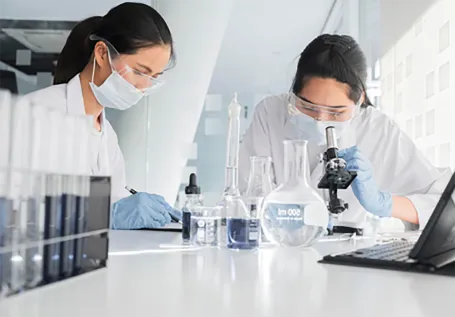The Primary Chemical Used to Treat Municipal Water
Water is an essential resource for all forms of life, and ensuring its quality is paramount for public health and safety. One of the key processes in making municipal water safe for consumption involves the treatment of water to remove impurities, harmful microorganisms, and contaminants. Among the various chemicals used in this crucial process, chlorine stands out as the primary chemical employed in municipal water treatment systems around the world.
Chlorine has been used since the early 20th century for its effectiveness in disinfection and its ability to kill a wide array of pathogens. Its utilization in water treatment began during the public health movement when the understanding of waterborne diseases dramatically changed. Cholera outbreaks in cities were often linked to contaminated water supplies, prompting municipalities to find effective ways to purify their water sources. Chlorination quickly became the go-to solution, and today, it plays a pivotal role in the treatment of drinking water.
The primary mechanism through which chlorine operates is by reacting with the cellular components of microorganisms, including bacteria, viruses, and protozoa. Chlorine disrupts the physiological processes of these pathogens, leading to their inactivation or death. The ability of chlorine to neutralize these harmful organisms effectively makes it an essential tool in safeguarding public health. The process typically involves adding chlorine in gas, liquid, or solid form to water, where it forms hypochlorous acid and hypochlorite ions which are the active forms that eliminate pathogens.
One of the significant advantages of using chlorine in municipal water treatment is its residual effect. After chlorination, a small amount of chlorine remains in the water, which continues to protect against any potential recontamination as the water travels through pipes to end-users’ taps. This residual chlorine helps maintain water quality and safeguard public health against opportunistic pathogens that may enter the system post-treatment.
what is the primary chemical used to treat municipal water

While chlorine is a highly effective disinfectant, its use is not without concerns. The reactions of chlorine with organic matter present in water can form disinfection by-products (DBPs), which are potentially harmful compounds. One of the most well-known DBPs is trihalomethanes (THMs), which have been linked to health risks such as cancer when consumed over long periods. As a result, regulatory bodies like the Environmental Protection Agency (EPA) have established limits on the levels of DBPs to ensure water remains safe for consumption.
To mitigate the risks associated with DBPs, many municipal water facilities have adopted alternative disinfection methods or have incorporated advanced treatment processes. These can include ozonation, UV disinfection, or the use of activated carbon filters. However, chlorine still often remains a key part of the treatment process, given its effectiveness and relatively low cost.
Furthermore, advancements in water treatment technology have led to improved methods for monitoring and controlling chlorine levels, optimizing its use while minimizing negative by-products. For example, automated monitoring systems can provide real-time data on chlorine residuals, allowing operators to adjust treatment processes on-the-fly and ensure optimal disinfection levels without exceeding safety thresholds for DBPs.
In recent years, the discussion around municipal water treatment has also evolved to emphasize sustainable practices. Some municipalities are considering more integrated approaches that involve protecting watersheds, reducing pollution at the source, and exploring chemical alternatives that pose less risk to human health and the environment.
In conclusion, chlorine continues to be the primary chemical used for treating municipal water due to its effectiveness in disinfection and ability to maintain water safety throughout distribution. While ongoing challenges related to disinfection by-products exist, continuous advancements in treatment technologies and practices are helping to mitigate these risks. The ongoing commitment to providing safe drinking water remains a priority for communities worldwide, ensuring that this vital resource supports public health for generations to come.

